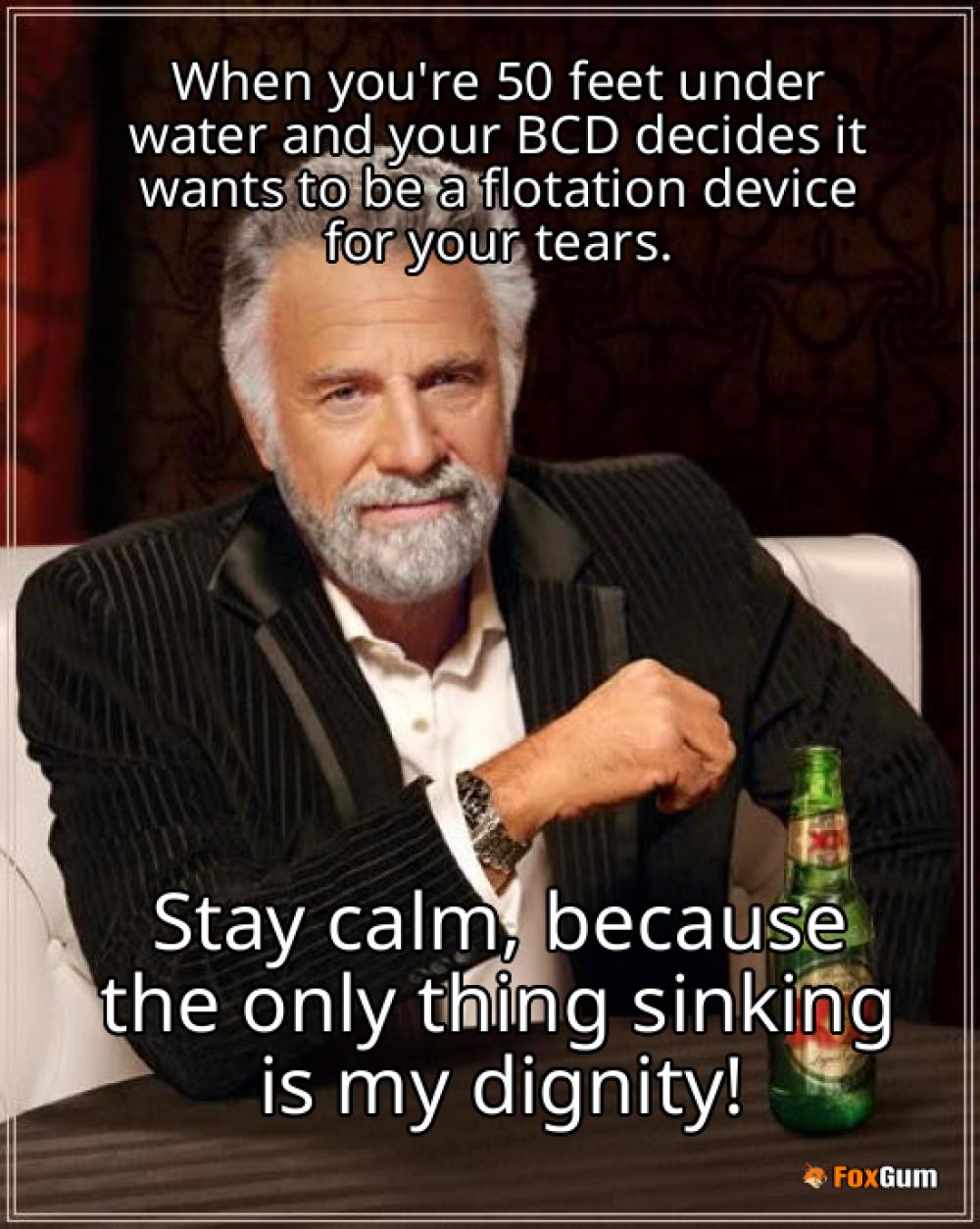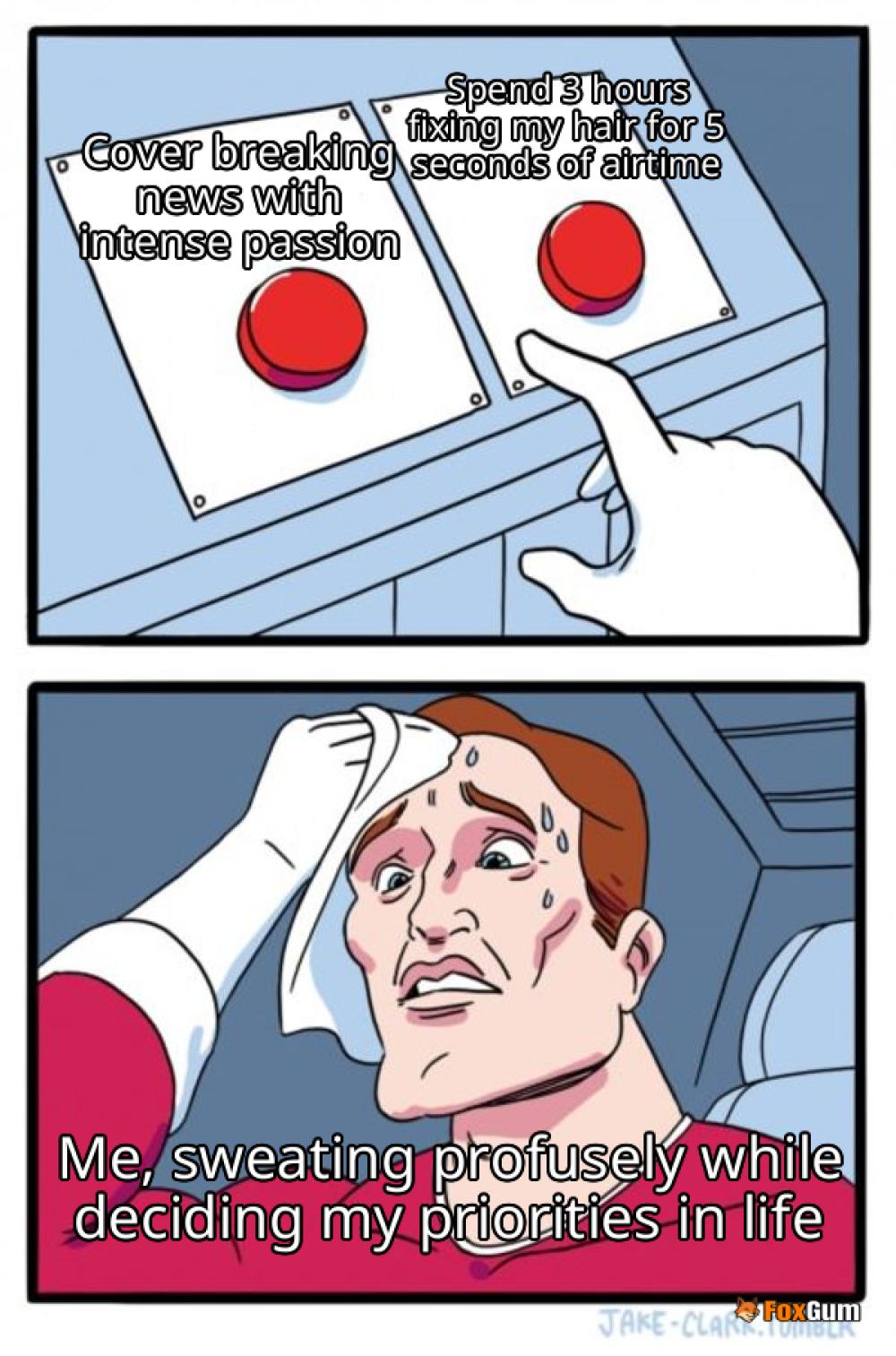
The HINTS Exam: A Lifesaver for Dizziness
Ah, dizziness—one of life's little gifts that can turn a perfectly normal day into a spin cycle of confusion. Whether it's the result of a wild rollercoaster ride or just standing up too quickly, we’ve all been there. But when dizziness strikes like an uninvited party crasher, it’s crucial to know what’s going on. Enter the HINTS exam, a nifty little tool that helps healthcare professionals make sense of acute vestibular syndrome (AVS). Spoiler alert: it’s not as complicated as it sounds.
What is the HINTS Exam?
The HINTS exam is a bedside assessment designed to help identify the cause of dizziness, particularly when it comes to differentiating between benign and serious conditions like strokes. HINTS stands for three simple tests: the Head Impulse Test, Nystagmus Assessment, and Test of Skew. Think of it as the “Three Musketeers” of dizziness diagnosis—each one plays a vital role in figuring out what’s happening in that noggin of yours.
The Three Tests Explained
- Head Impulse Test (HIT): This test checks how well your vestibular system is functioning. The healthcare provider will ask you to keep your eyes on a target while they quickly turn your head to one side. If your eyes can’t keep up, it might indicate a problem with your inner ear. In layman's terms, if your eyes are doing the cha-cha while your head is spinning, that’s a red flag.
- Nystagmus Assessment: Nystagmus is when your eyes make uncontrolled movements. During this test, the provider will observe your eye movements while you focus on a target. If your eyes are doing the wave (and not in a celebratory way), it could be a sign of a vestibular issue.
- Test of Skew: This test involves covering one of your eyes and looking for any misalignment in your gaze. If one eye seems to be on vacation while the other is working hard, it could indicate a problem with the brain rather than the inner ear.
Why is HINTS Important?
So, why should you care about the HINTS exam? Well, it can be a game-changer in emergency situations. By quickly distinguishing between a harmless case of vertigo and a potentially life-threatening stroke, healthcare providers can make prompt decisions about treatment. It’s like having a superhero in the world of medicine, swooping in to save the day!
When to Use HINTS
The HINTS exam is typically used for patients who present with acute dizziness, vertigo, and other related symptoms. If you’re feeling like the world is spinning and it’s not just because you stood up too fast, this exam can help pinpoint the cause. It’s especially useful in emergency departments where time is of the essence.
Conclusion
In a nutshell, the HINTS exam is a crucial tool in the medical toolkit for diagnosing dizziness. It’s quick, effective, and can make a significant difference in patient outcomes. So the next time you or someone you know feels like they’re on a merry-go-round, remember that there’s a systematic way to find out what’s going on. And who knows, you might just impress your friends with your newfound knowledge of vestibular assessments! 🎢

















 The Military Expansion at Mischief Reef
The Military Expansion at Mischief Reef 
 Health
Health  Fitness
Fitness  Lifestyle
Lifestyle  Tech
Tech  Travel
Travel  Food
Food  Education
Education  Parenting
Parenting  Career & Work
Career & Work  Hobbies
Hobbies  Wellness
Wellness  Beauty
Beauty  Cars
Cars  Art
Art  Science
Science  Culture
Culture  Books
Books  Music
Music  Movies
Movies  Gaming
Gaming  Sports
Sports  Nature
Nature  Home & Garden
Home & Garden  Business & Finance
Business & Finance  Relationships
Relationships  Pets
Pets  Shopping
Shopping  Mindset & Inspiration
Mindset & Inspiration  Environment
Environment  Gadgets
Gadgets  Politics
Politics 